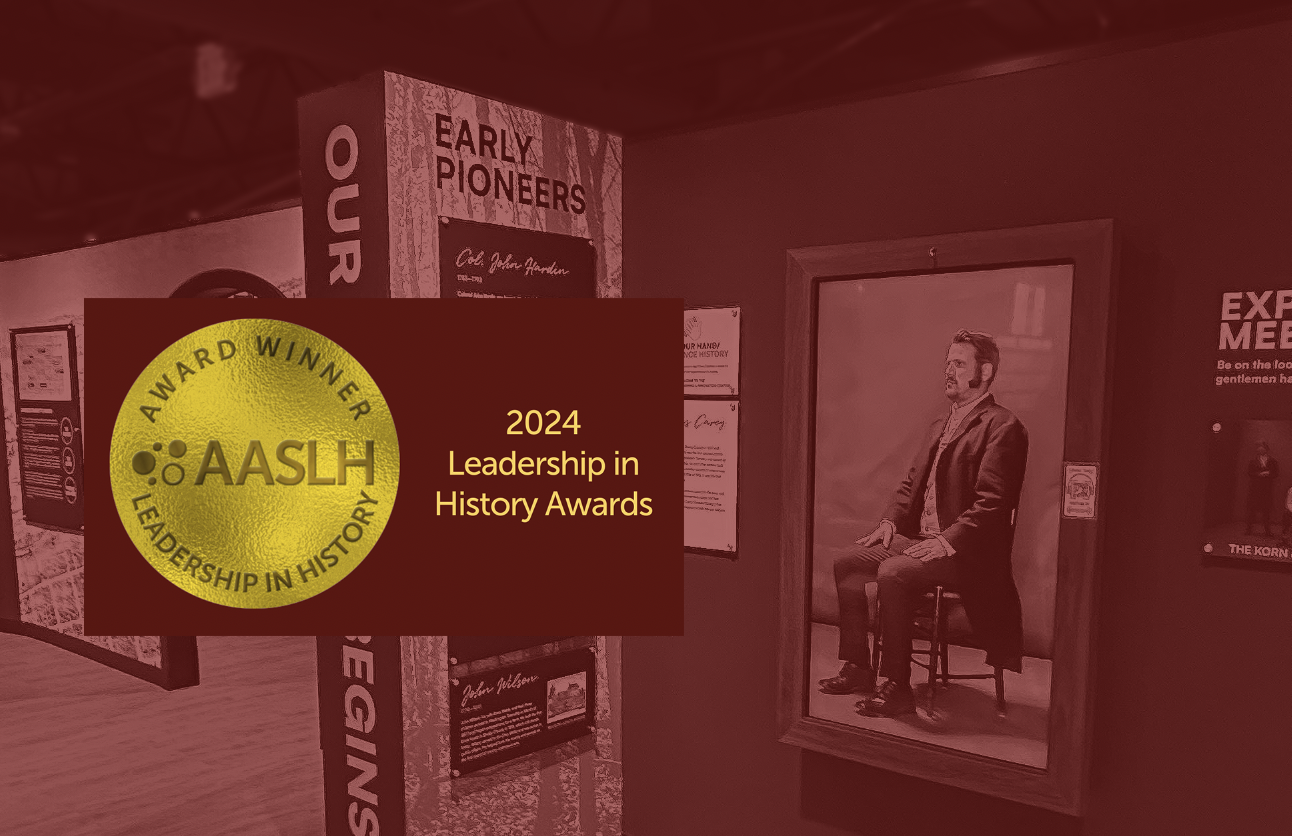Where History Meets STEAM

In 2022, we were approached by a regional historical society in Shelby County, Ohio, with a unique vision: they wanted to create a STEAM-focused learning center to complement their traditional historical museum across the street. Their directives were clear—minimal artifacts, multiple programming tracks, and as many engaging interactives as possible. Not only did they aim to attract an entirely new audience, but they also aspired to create a regional destination for STEAM education.
It was a bold vision with a few challenging caveats: the project needed to be completed in just 9 months, under a million-dollar budget, and designed to operate with only one staff member.
Okay... deep breath — let’s get to work.
We began with weekly meetings, meticulously going through each gallery, listening to the society’s staff and volunteers to identify the key stories that would make up six galleries in under 5,000 square feet. Very quickly, everyone became familiar with FireWatch’s “3 C’s”—Content, Container, and Connectivity—a framework that allowed us to communicate and collaborate seamlessly.
While the historical society had a deep passion for sharing history, we were focused on operations, cost, functionality, and, of course, the design and build. We knew that these weekly touchpoints, along with our shared language and visual aids, were critical to ensuring success.
We employed augmented reality tools to help the historical society visualize scale, colors, and materials. Even before the interpretive plans, we established the Experience Brand Landscape —essentially a brand guide for the experience. This set the foundational rules for typography, colors, imagery, materials, and more, which we established in the first month, giving our team a solid North Star to follow throughout the project.
Armed with the 3 C’s, the Experience Brand Landscape, and emerging technology, we dove into the design and build in real-time (the only way we’d make the deadline). Gallery by gallery, we crafted unique solutions and activities aligned with the project’s goals.
We created virtual docents to guide visitors through each gallery, transforming living history actors into interactive, talking portraits. We designed STEAM-aligned games, tactile touch displays, digital archives, and even custom artifact casings for real mammoth bones. The project culminated in a successful opening that captivated the region—and the accolades soon followed.
Support poured in from the National Park Service, local companies, and even global brands. The Wallace Family Learning and Innovation Center continues to evolve, with new activities and digital updates added to keep things fresh and meet growing demand.
All of this hard work was recognized with the 2024 AASLH Leadership in History Award. We’re incredibly proud to have helped Shelby County History achieve their dream.


